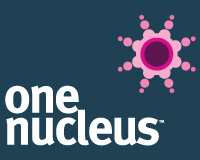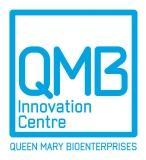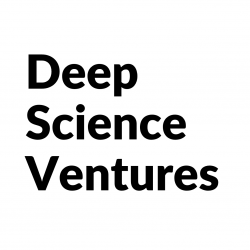When it comes to influencing prospective customers in the life science sector, outbound marketing approaches such as cold calling, banner ads and unsolicited emails are no longer delivering a return on investment like they used to. Poorly targeted and relatively expensive, these once tried-and-tested tactics are increasingly delivering disappointing results. As marketers, if we want to continue to engage with modern scientific audiences, it’s vital that we adapt to be successful.
Blog
Whatsapp, Youtube, Google Ads, Linkedin, Facebook, Instagram, Twitter, e-mail, Teams, Skype, Slack… it’s easy to feel the dread and anxiety when glancing at your phone on an afternoon! All these platforms have one thing in common: your attention!
Even scientific brands have now joined the incessant competition for your attention. So how do you separate the signal from the noise in this increasingly competitive world?
Disaster can strike at any moment, but where do you start to put things right when the worst happens and fire ravages your priceless research, expensive equipment and impacts thousands of your patients who depend on the lab work for life-saving medical treatment?
It’s no secret that life science tradeshows can provide an invaluable opportunity to raise your profile and boost awareness of your latest offering. However, these events can also consume substantial amounts of budget – including booth set-up costs, sponsorship fees and travel expenses, not to mention a significant chunk of your team’s time. So, how can you make sure you secure a good return on your investment?
We are seeing an era of change by the Global regulatory bodies for Pharmaceuticals, Medical devices and in-vitro diagnostics - and companies in the Life Sciences sector are working overtime to understand and adopt this brand new world.
While the companies in the US are facing regulatory headwinds on Patient safety, the EU region is shaking the world with the new MDR and IVDR guidelines.
The overall intent is good but the journey towards bringing this change is going to disrupt a lot of companies in the way.
Digital Marketing and Life Sciences are more similar than you might think.
Both are multi-billion dollar industries that use testing and logic to prove hypotheses. Both markets use big data sets, whether it’s recording vast experimental results or simply organising the world’s information online.
The simplest similarity, however, is the enormous growth potential of both SEO and Life Sciences.
As Inward Investment Manager (Life Sciences) for Invest ESSEX, it gives me enormous pleasure to see Harlow in Essex on everyone’s lips in the industry right now.
Last April in Manchester, the third annual Public Health Research and Science Conference served noticed to the 400 delegates that Public Health England (PHE) was in the process of creating a world-leading campus of excellence for public health research, improvement and protection, and a new headquarters, in Harlow.
All we have to do is list our products and researchers will come in their thousands, credit card and grant approval in hand… right?
Wrong!
Read on as we put Life Science Marketing under the microscope.
“Only 3% of your target market is ready to buy at any given moment in time.” – Google
A major advantage to Gold members of One Nucleus is their access to our Group Purchasing Scheme with discounts available across eight high quality Preferred Suppliers (https://onenucleus.com/purchasing) which already saves our members in excess of £3M per year.
Making Tax Digital (MTD)
MTD is the first major initiative by HMRC to digitalise taxation and transform the UK’s tax reporting landscape to, in their own words, “become one of the most digitally advanced tax administrations in the world”.
If you are a VAT registered business that has crossed the £85,000 threshold currently in place, you have a legal obligation to comply with the MTD regulations – please read on.























